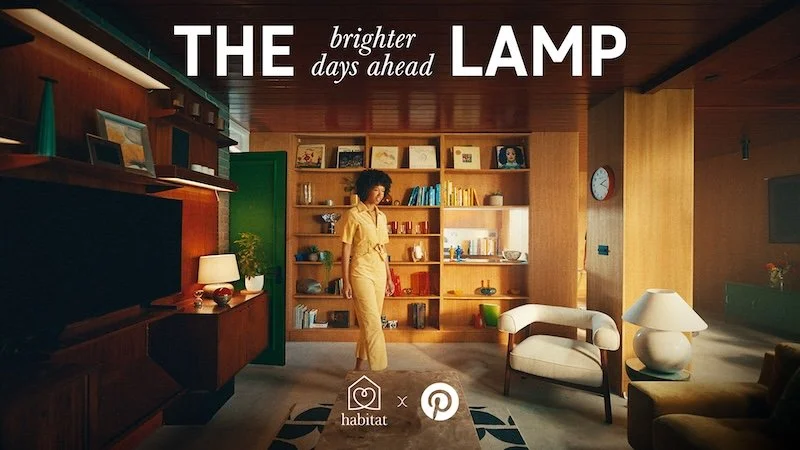Why merchants need to sell the benefits of a cashless future
More than half of payments under £30 in London are contactless. Statistics such as this tend to encourage predictions of the inevitability of a cashless society, but, despite the hyperbole, consumers have shown a remarkable level of loyalty to cash. According to a European Central Bank analysis of purchasing behaviour in 17 countries, three quarters of all Euro zone payments at the point-of-sale are still made using cash.
Cash remains king in the hearts and minds of consumers. A research study published in the International Journal of Central Banking, suggests that, ‘Maybe consumers just prefer cash, especially for small, quick transactions … cash is anonymous and largely invisible to both tax collectors and debt collectors. It won’t trigger finance charges or overdraft fees. And perhaps its biggest practical advantage is that it offers a tangible way of keeping track of your spending in real time, working even when your phone’s battery is dead.’
The barriers to a cashless future are highlighted further in a UK survey which shows that 68% of UK consumers would be scared to live in a society that was entirely cashless, with fraud (61%), reliance on technology (45%) and lack of privacy (31%) cited as the biggest causes for concern. So, where does this leave the merchant contemplating an mPOS (mobile point of sale) or a full sPOS (smart point of sale) solution? Any requirement to handle even occasional cash transactions will compromise the delivery of an operation that dispenses with the need for a fixed cash till. Merchants dealing predominantly with younger, more digitally-comfortable customers will see relatively few risks in adopting a cash-free payments model. Public transport in many countries has already dispensed with cash payments and retailers such as Apple, JC Penney and Urban Outfitters have introduced mPOS systems that will only accept card, electronic or digital payments. But there is clearly a danger of alienating those consumers who continue to prefer cash payments for relatively small items, especially where they only see the risks rather than the benefits.
The implementation of a smart POS system (sPOS) – that is a single device that handles both payment and added value services - therefore needs to be accompanied by an equally smart customer communications program, that reassures consumers about the safety of non-cash-based transactions and promotes the benefits. sPOS systems, that are not tied to a fixed cash-wrap station, have been proven to increase retail staff efficiency, improve in-store space maximisation, prevent queues at the checkout – which in turn reduces the number of abandoned sales – and facilitate both cross-selling and upselling. Many of these benefits contribute directly to a better, more frictionless in-store experience, but they are not always obvious to the customer.
It requires merchants to explain to customers why the use of an sPOS system ensures a speedier checkout process, less hassle when it comes to checking stock levels, arranging deliveries or buying additional items, more staff able to interact with customers on the shop-floor (where they need advice) and better loyalty programs. When the benefits are sold in this way, customers’ preference for cash are likely to erode. This does not mean a completely cashless future – some people will always prefer to use cash, no matter how irrational that decision might appear to the electronic payments enthusiasts - but it will help make sPOS the default technology for most retail situations.
Daniel Maurice-Vallerey, Co-founder and joint CEO, Yello










Continue reading…